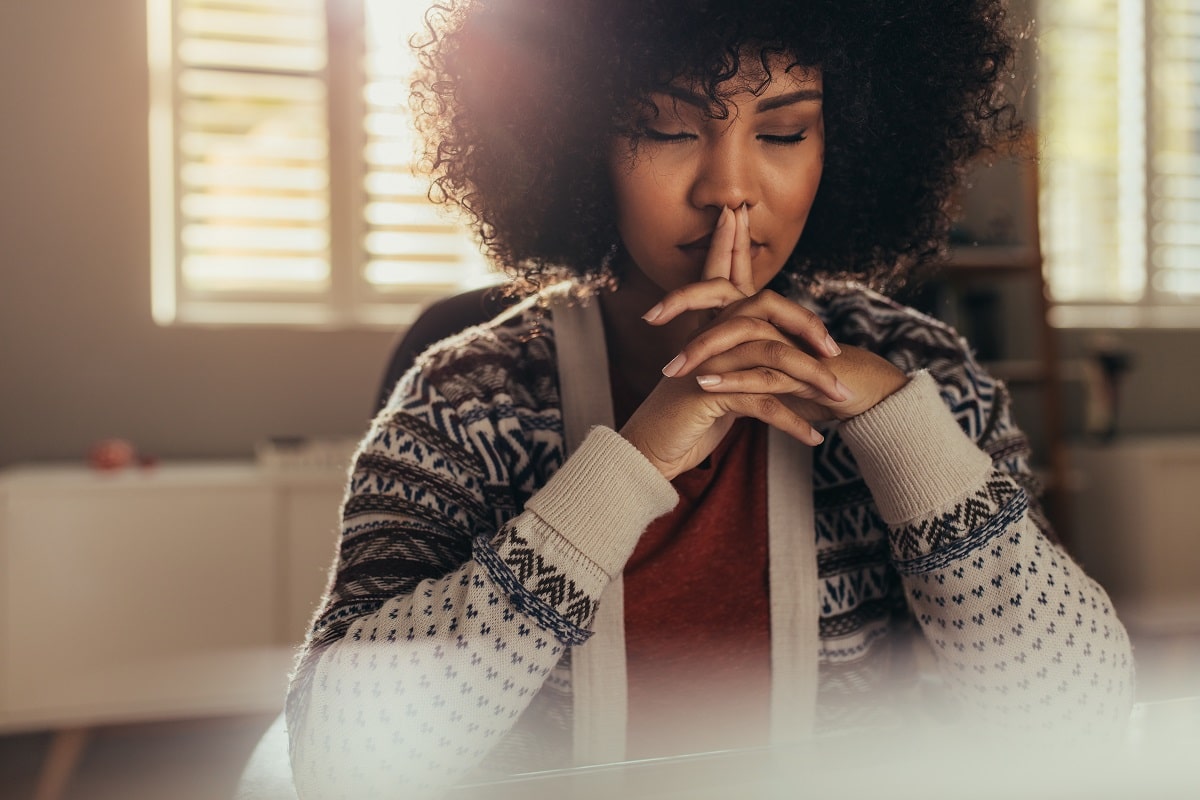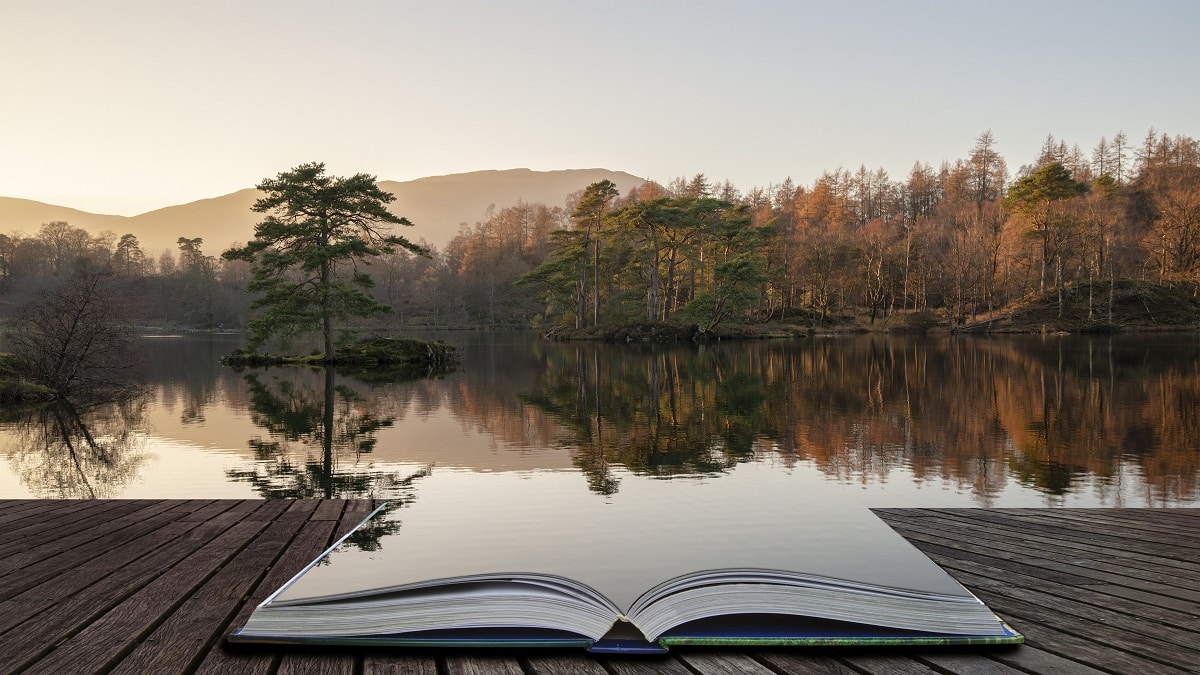Introduction to Mindfulness Meditation
Welcome to this introduction to mindfulness meditation–what it is, why it has been practiced around the world for hundreds of years and, most important, why so many people continue to make meditation a part of their day to relieve stress and anxiety, create caring relationships, and simply to create an oasis of quiet and reflection in the midst of daily demands.
So, what is mindfulness meditation? A description we like to use is gentle, curious awareness of the present moment.
Mindfulness is like a mirror. It reflects back to you what is here, what you are experiencing, with no embellishment or goal, judgement or resistance. It’s a way to rest in a safe, compassionate place with an attitude of, “I am here, come what may,” a way to fully, intimately and kindly engage with your life just as it is.
With some mindfulness practice, you can discover first-hand how often you may be:
Mindfulness meditation will take you step-by-step through how to notice these habits (that we all have!) and guide you toward a more and more direct and curious connection with all of your life, just as it is.
Mindfulness is like a mirror. It reflects back to you what is here, what you are experiencing, with no embellishment or goal, judgement or resistance.

Benefits of Mindfulness Meditation
There has been a lot of interest in studying the benefits of meditation over the past few decades. We now know people enjoy a vast range of measurable physical, mental and emotional changes from some regular practice.
All of these positive changes interact with and strengthen each other to give you an inner core of well-being and resilience you can call on in everyday situations.
People who practice mindfulness meditation also come to understand their emotions well. They can ride the waves of changing emotions more skillfully for their own sake and respond to situations in ways that improve connection and understanding with others.
Start with Breath Awareness
Let’s take a look at a long-standing form of practice in meditation traditions: mindfulness of breath. There are hundreds of breath practices, but they fall essentially into two types: breath awareness and breath manipulation.
In breath awareness meditations, you observe your breath closely, as it is, without trying to change it in any way: is it shallow or deep, warm or cool, loud or quiet?
Breath manipulation, on the other hand, uses different techniques to change the pattern of your breath: to improve mental focus, increase energy or calm anxiety. Many of these breath practices are easy to learn, but have a powerful and often immediate effect.
This article focuses on the practice and benefits of breath awareness: practicing a precise and sustained attention on your breath.
So, why is mindfulness of breath a fundamental practice?

Watching the Breath Calms Your Nervous System
The simple act of paying attention to your breath sends a clear message to your brain and nervous system: “You’re safe. You can relax and recover!” Your brain has evolved to detect external threats, so turning your attention inward toward your breath and body turns off the danger-detecting system of your brain and turns on the healing system.
It’s Always with You
The basic skill of mindfulness meditation is to learn where your attention is going at any given time and to become most interested in the present moment. Wherever you are, you’re breathing. So, you can use your breath as an anchor to the present whenever you want to practice a bit of mindfulness. You don’t need any props or meditation apps.
The simple act of paying attention to your breath sends a strong message to your brain and nervous system: “You’re safe and you can relax.”
Your Breath and Your Mind Reflect Each Other
If you pay attention to your breath, you may start to notice that the quality of your breath reflects the quality of your mind. Slow, deep breaths are often accompanied by clear, calm thinking. Shallow, quick breaths can alert you to a busy mind or even an anxious one. Breath manipulation practices take advantage of this relationship, by showing you how to slow your breath to help calm your mind, for example. In breath awareness practices, beginning to simply notice this intimate connection will give you a powerful glimpse into the mind-body connection.
Breath Brings You into the Moment
Since mindfulness meditation is about awareness of what is happening now, the breath is a perfect vehicle here as well. Your thoughts and emotions may be taking you into the past or future, imagining what was or what could be, but your breath will always be in the present.
Breath is Subtle
Many people who practice mindfulness, beginners and experienced practitioners alike, sometimes find it challenging to turn their attention inward. Your breath can lead the way. It can guide you from the attention-grabbing things at the surface of your attention, to the physical sensations and sounds of your breath, to the most subtle and quiet experiences and states within you.
Take a few minutes to follow these steps:
Your thoughts and emotions may be taking you into the past or future, imagining what was or what could be, but your breath will always be in the present.
1. Pay attention
2. When your attention wanders, come back to your breath
3. Respond in a curious, non-judgmental way

Tips for Mindfulness Meditation
Choose any sitting position on the floor, a cushion or a chair, that feels comfortable to you and has a quality of alertness. You can also lie down, if that works best for you.
If you are new to mindfulness meditation, start with 10-15 minutes or so. Whatever time you choose, do your best to stick to it even if your mind starts telling you to do something more interesting! And, you will progress more quickly if you meditate for shorter periods, more often: rather than sitting for an hour once a week, sit for shorter periods several times a week.
A great way to remember to practice mindfulness, and to get a feeling for how it can change how you react to everyday situations, is to link it to a daily routine, like sitting down for breakfast or getting ready for bed. You can make this activity a mindful moment, to practice non-judgmental awareness.
How does a mindfulness meditation practice affect you? One way to answer that question is to do a quick check-in before and after you sit. Close your eyes before you start and rate your state on a scale from 1 to 5: where 1 is poor/upset/distressed and 5 is really great/relaxed/happy. And do the same when you finish your meditation. Noticing positive changes will enrich your practice and strengthen your motivation.
Conclusion
Mindfulness meditation is essentially a practice of learning to trust life. In spite of ideas you may have about what is wrong or right about the moment, or about you, or about others, you repeatedly practice letting your life as it is, touch you.
When you sit with a non-judgmental awareness of the present moment, you are treating yourself and life with great care and respect. You are practicing trusting your life and your experience more than your beliefs, worries or past challenges.
That is the start of a wonderful and powerful journey of compassion and self-discovery. This website is here to offer you many ways to begin or continue your journey.


















